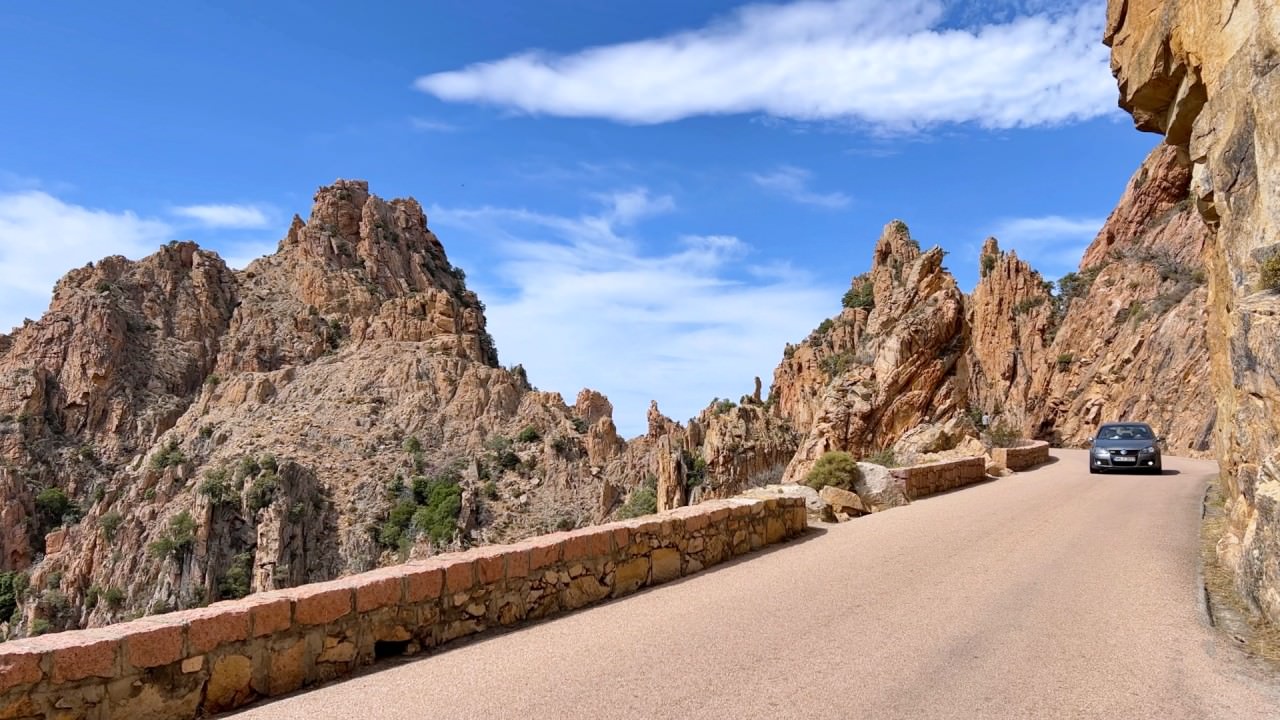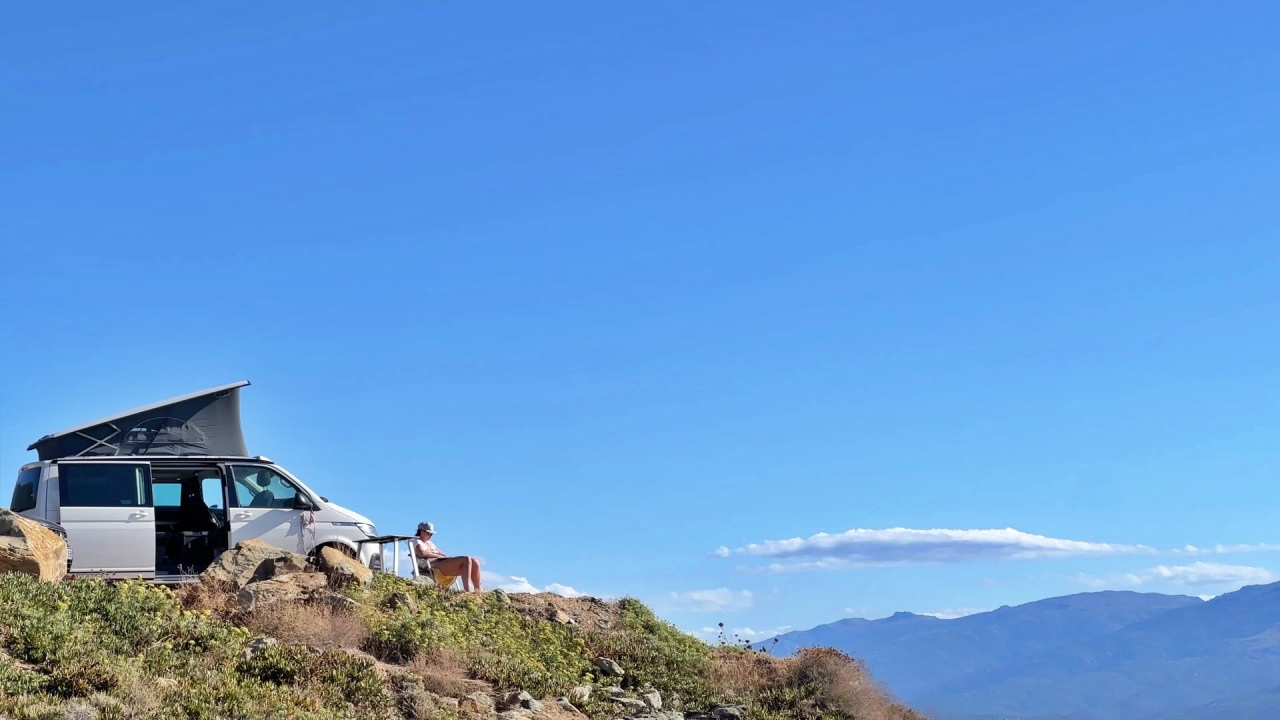Corte, centrally located in Corsica, is a town rich in history and natural beauty. Once the capital during Pasquale Paoli’s leadership, it played a key role in Corsican and European democratic evolution, establishing one of the earliest democratic constitutions. The Citadel, perched since 1419, offers a glimpse into the town’s strategic importance and turbulent past. It houses the Musée de la Corse, chronicling the island’s cultural heritage. Corte’s link to the Bonaparte family, especially the birth of Joseph Bonaparte, underscores its historical significance. The town’s Mediterranean climate and scenic river valleys make it a desirable destination throughout the year.
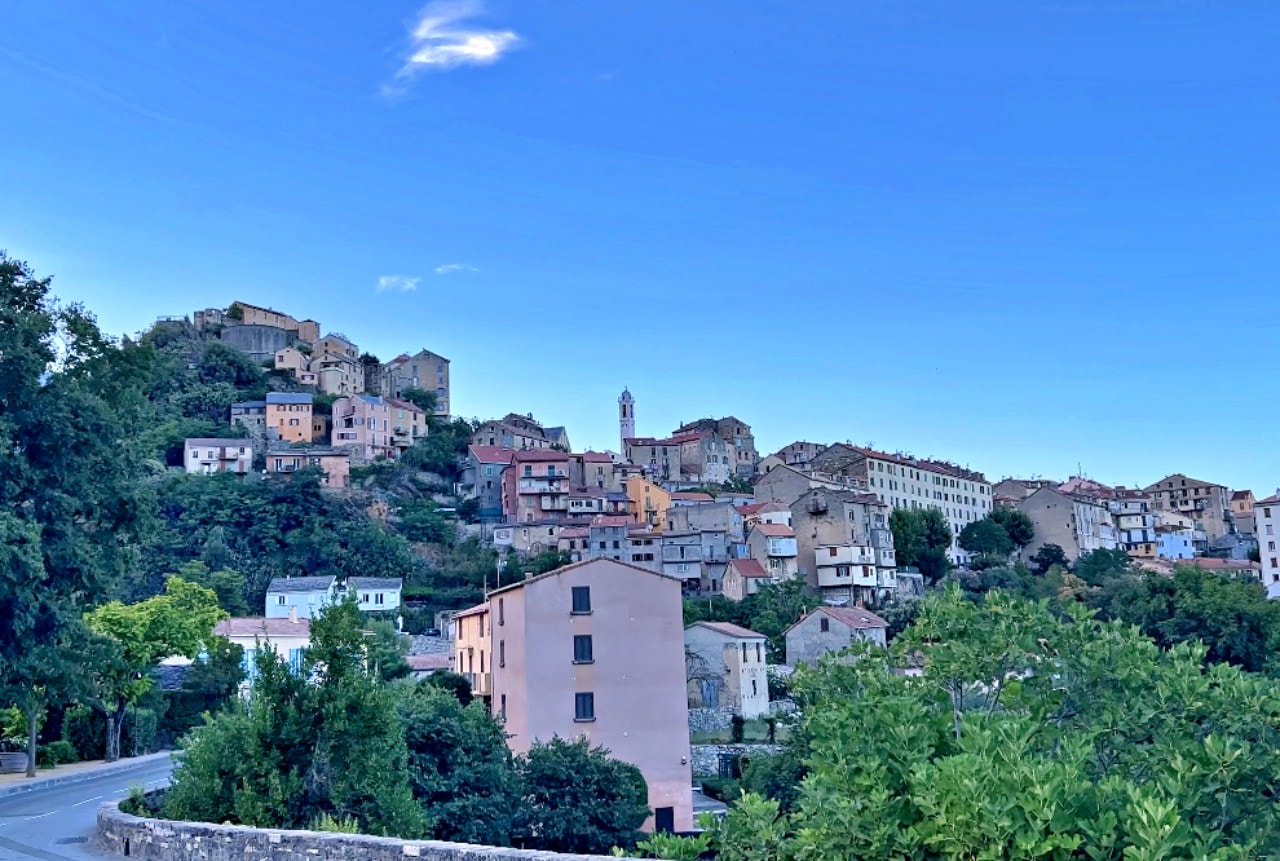
History
Corte’s historical significance is deeply rooted in its past as the capital of Corsica from 1755 to 1769, a period that saw the town become a center of political and cultural activity under the leadership of Pasquale Paoli. This era defined Corte’s identity, with the establishment of the Corsican Constitution, one of the first democratic constitutions in the world, in 1755. Jean-Pierre Gaffory, an influential leader in Corte, played a vital role during this period, further shaping the town’s historical narrative.
The Citadel of Corte, constructed in 1419, stands as a monumental symbol of the town’s historical resilience. Perched atop a rocky promontory, it overlooks the confluence of the Restonica and Tavignano rivers, serving as a strategic fortification and a reminder of the town’s central role in Corsica’s turbulent past. Today, it houses the Musée de la Corse, a repository of Corsican cultural heritage.
Adding to Corte’s historical tapestry is its connection to the Bonaparte family. Notably, Joseph Bonaparte, the elder brother of Napoleon Bonaparte, was born in Corte in 1768, linking the town to one of Europe’s most influential families. The Bonapartes’ presence in Corte underscores the town’s prominence in Corsican history, further cementing its status as a crucial site for understanding the island’s past.
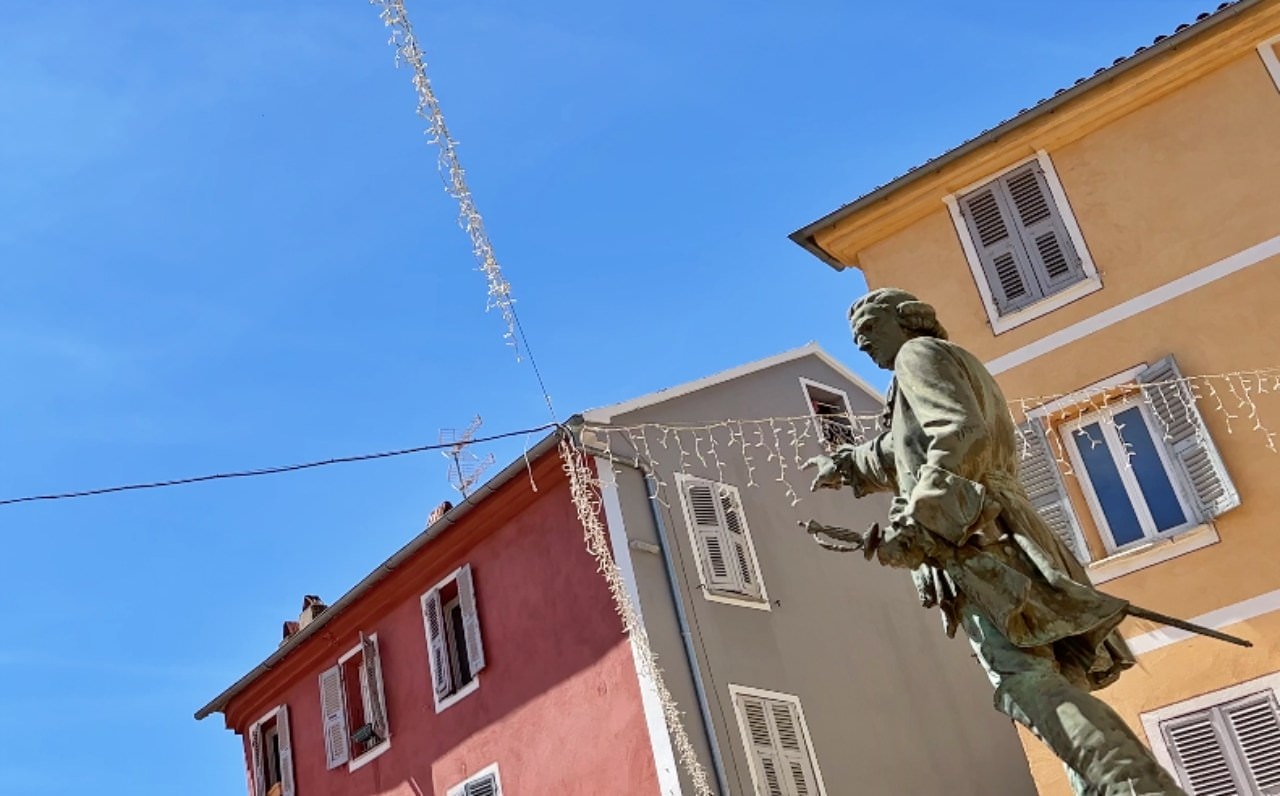
Weather
Corte’s climate is Mediterranean. Summer (June-August) temperatures range between 20°C to 30°C, suitable for outdoor exploration. Autumn (September-November) sees cooler weather, averaging 15°C to 25°C, ideal for sightseeing amid changing foliage. Winter (December-February) temperatures drop to 3°C to 13°C, a period favorable for indoor activities like museum visits. Spring (March-May) offers moderate temperatures of 10°C to 20°C, with natural scenery in bloom.
The best times to visit Corte are late spring (May to June) and early autumn (September to October), when the weather is pleasant, and the town is less crowded, offering a more relaxed experience.
Transportation to Corte
Reaching Corte, located centrally in Corsica, can be conveniently achieved by both road and rail. By road, Corte is accessible via national routes from major Corsican cities. It’s approximately 70 km from Bastia and 80 km from Ajaccio, with driving times around 1.5 hours from either city.
For those preferring public transport, Corte is well-served by the Chemin de fer de la Corse (Corsican Railway). Regular train services connect Corte to Ajaccio, Bastia, and Calvi. The journey from Ajaccio or Bastia to Corte by train takes approximately 2 hours, offering scenic views of Corsica’s diverse landscapes. This mode of travel provides a relaxed and picturesque approach to reaching Corte, making it also a preferred option for many visitors.
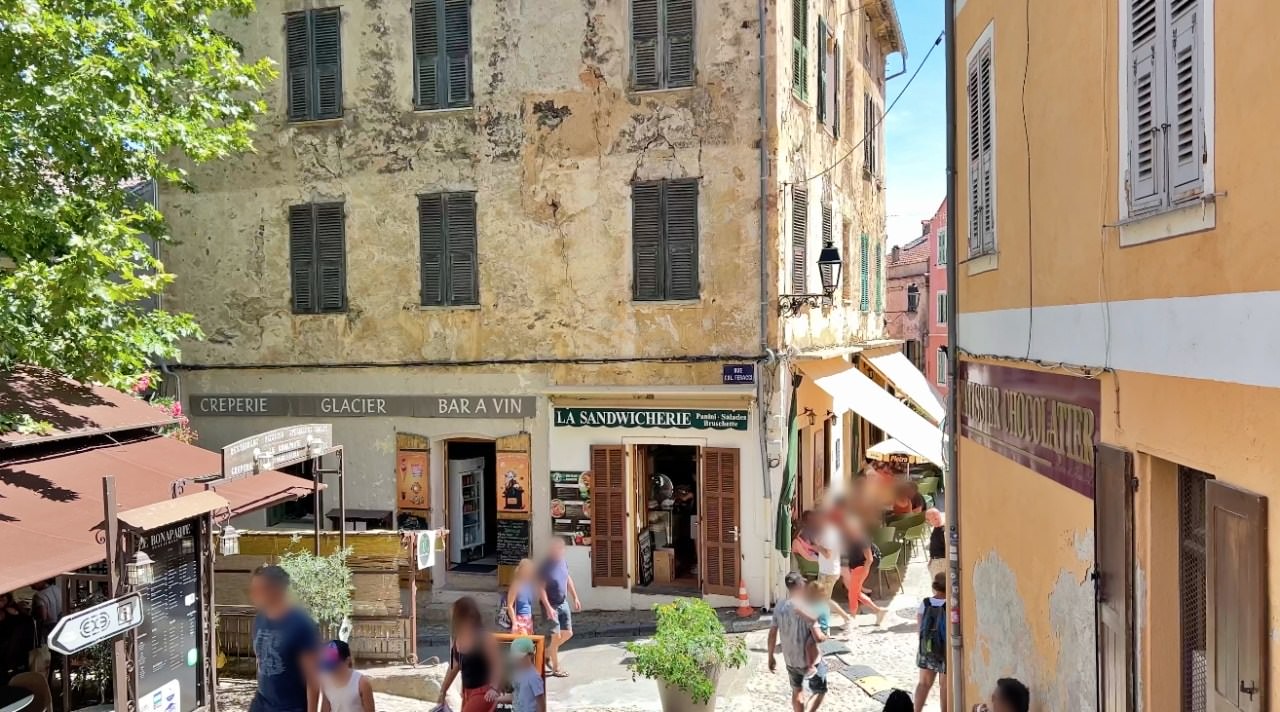
Corte’s Attractions and Activities
Historical and Cultural Attractions
- The Citadel of Corte: Established in the 15th century, this prominent fortress stands as a sentinel over Corte. It offers panoramic views of the town and the surrounding valleys. Historically, it has been a focal point during various conflicts and a symbol of Corsican resilience.
- Maison Gaffory: Significant for its association with Jean-Pierre Gaffory, a key figure in Corsica’s independence movement in the 18th century. Its facade, marked by bullet holes from historical conflicts, narrates the island’s turbulent past and the struggle for freedom.
- Bonaparte Family House: Located in Corte, this house is part of the Bonaparte family’s legacy. While not the birthplace of Napoleon Bonaparte, it signifies the family’s historical presence in the town, adding to Corte’s rich tapestry of Corsican heritage.
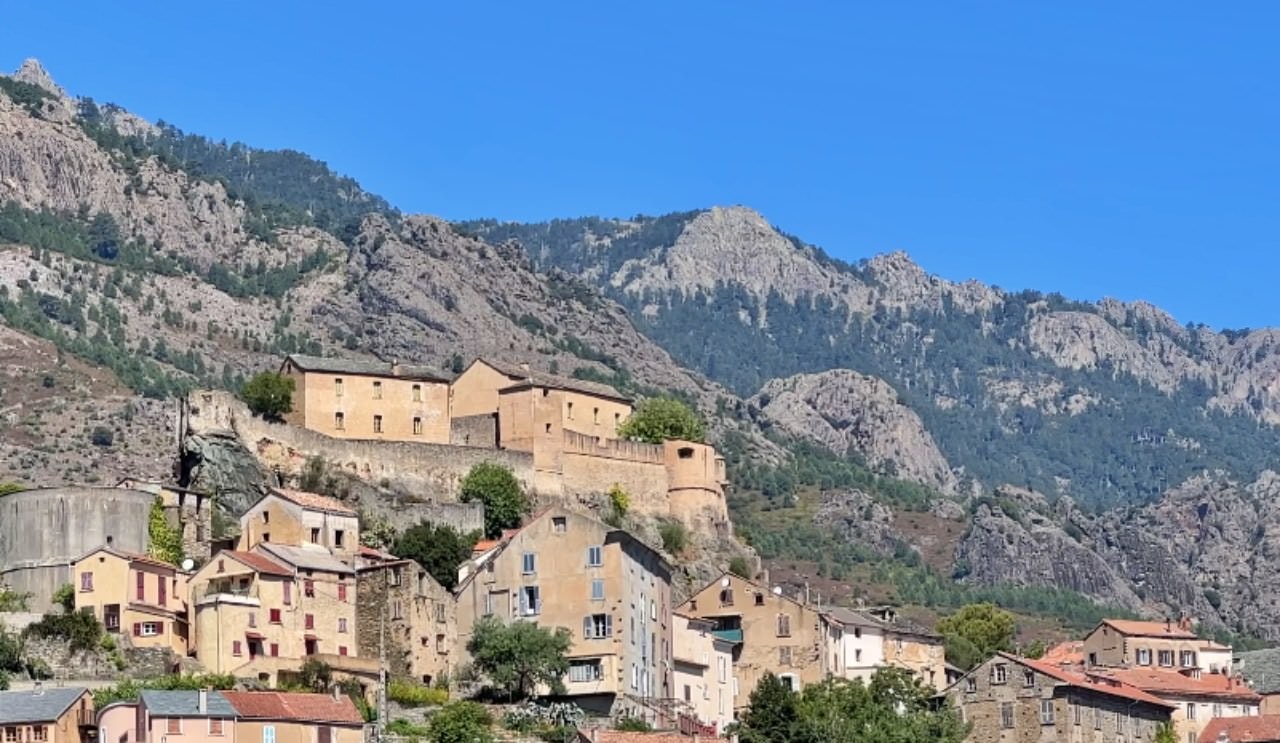
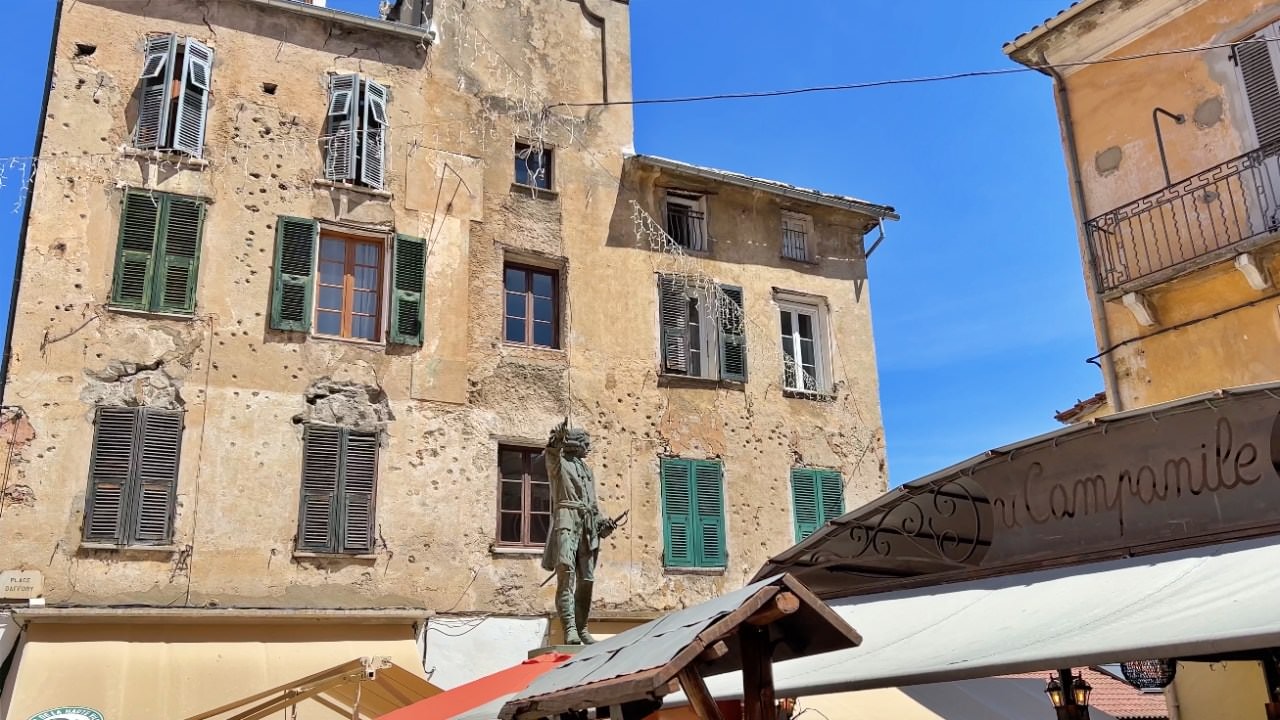

Cultural and Local Experiences
- A Casa Curtinese: This authentic Corsican house offers an immersive experience into the island’s traditional lifestyle. Visitors can explore the unique architecture and interior design that reflect centuries-old customs and practices, providing insights into the everyday life of Corsican ancestors.
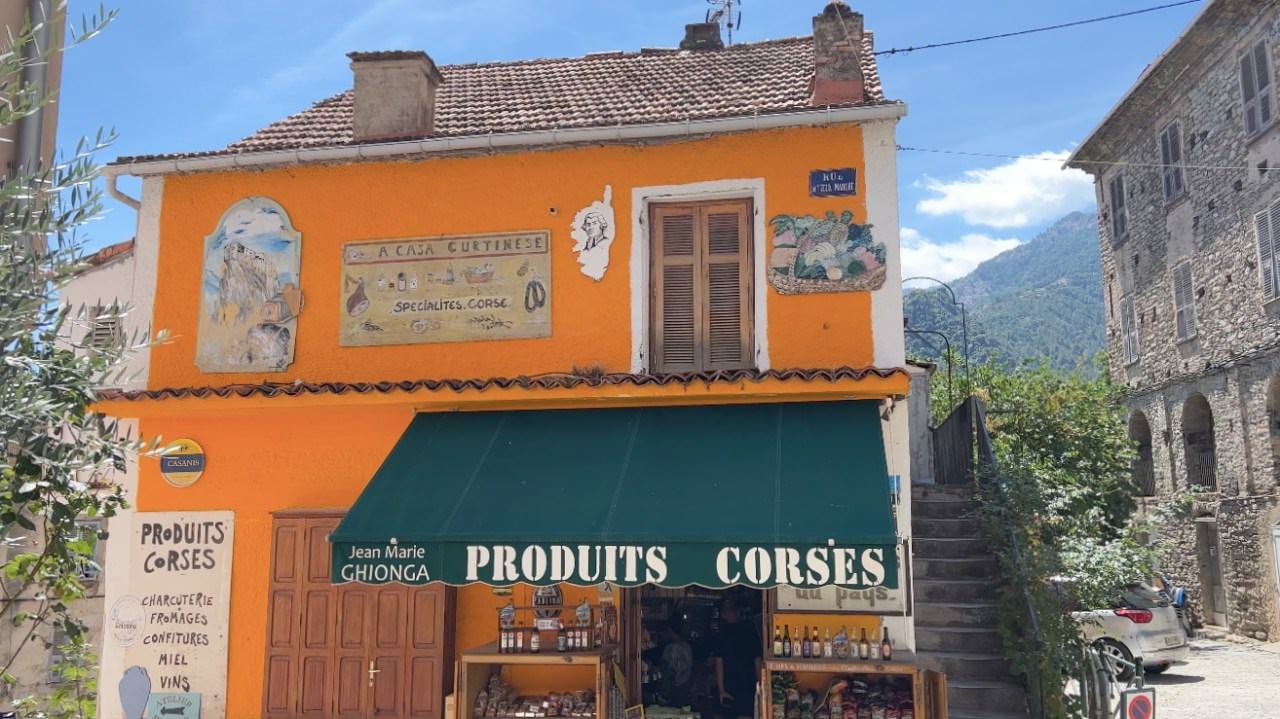
Outdoor and Natural Activities
- Melo Lake: Nestled in the Corsica Regional Natural Park, Melo lake is a serene mountain lake. The hike to this lake is a popular activity, offering spectacular views of Corsica’s rugged terrain. It’s a moderate hike, appealing to both casual hikers and nature enthusiasts.
- Lake Nino: Nestled in Corsica’s Regional Natural Park, is a serene and picturesque destination for nature enthusiasts. Formed by centuries of granite erosion, this tranquil lake is surrounded by lush greenery and towering cliffs, offering a perfect setting for hiking and wildlife observation.
- Restonica and Tavignano: The Restonica Gorges trail is known for its dramatic scenery and crystal-clear pools, while the Tavignano Valley offers a blend of river views and diverse flora. These trails are integral to experiencing the natural beauty of central Corsica.

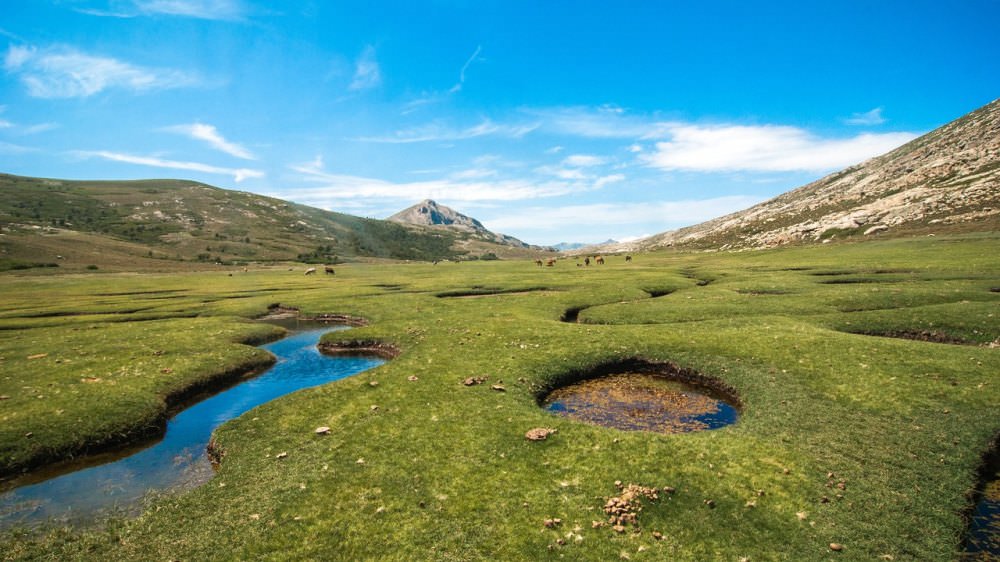
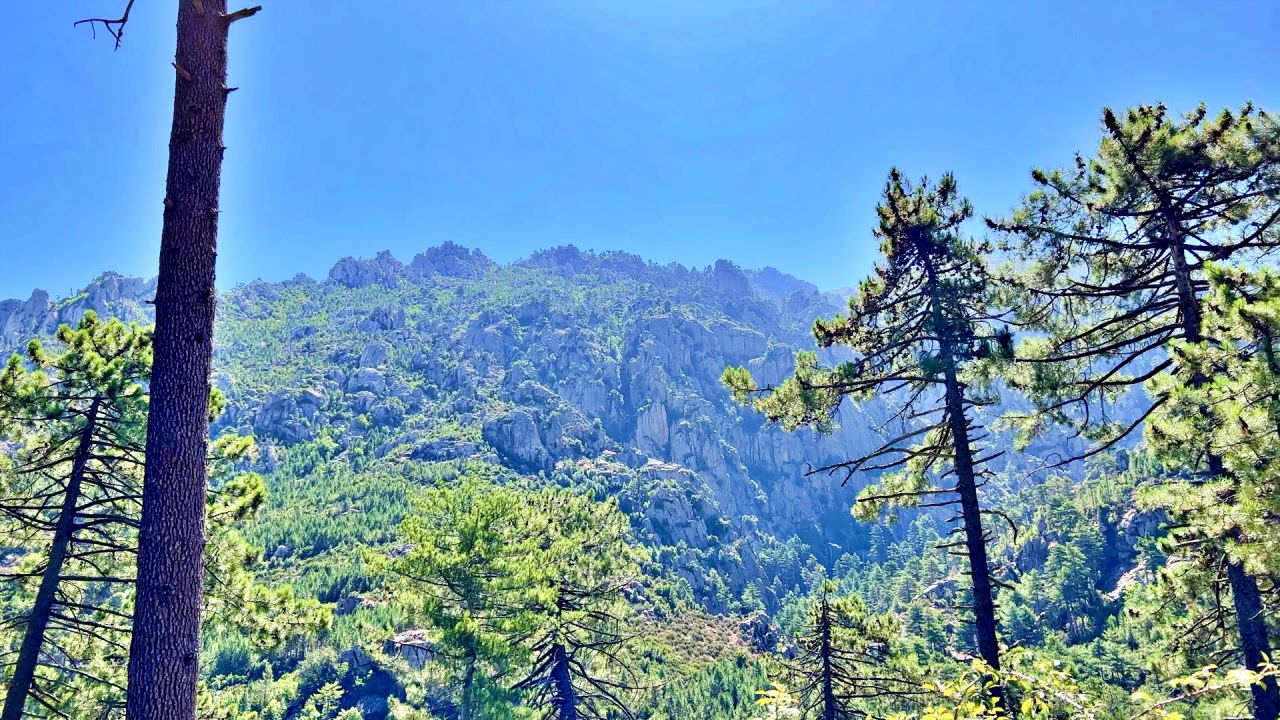
Events and Festivals
Corte hosts a variety of events that celebrate its rich cultural heritage:
- Cavall’in Festa (June): Established in 1992, this prominent horse fair celebrates Corsica’s equestrian legacy. The event includes diverse activities like horseback riding, equestrian aerobatics, and horse training, drawing thousands of visitors and horse enthusiasts.
- Festa di Santu Roccu (August): A traditional festival dating back to 1920, Festa di Santu Roccu blends religious reverence with agricultural heritage. Activities include a high mass honoring St. Roch, showcases of local Corsican products, crafts, and various entertainments suitable for all ages, such as fair rides and bumper cars.
Culinary Highlights of Corte
- Traditional Corsican Dishes: Corte’s cuisine showcases Corsican traditions, emphasizing fresh, local ingredients. Signature dishes include:
- Pulenta: A staple made from chestnut flour, often accompanied by figatellu (Corsican sausage) or brocciu (a fresh cheese).
- Brocciu: This versatile sheep or goat cheese is used in various dishes, from savory tartes to sweet fiadone (cheesecake).
- Lonzu and Prisuttu: These cured meats, made from Corsican pigs, are essential components of the Corsican charcuterie.
- Notable Restaurants in Corte:
- A Funtana: Known for its French cuisine, offering a cozy dining experience.
- La Rivière des Vins: Serving French and Mediterranean dishes, this restaurant is celebrated for its diverse menu.
- Restaurant A Casuccia: Blending Italian and French culinary influences, it offers a unique dining experience.
- A Casa Di L’Orsu: Another excellent spot for French and Mediterranean cuisine, known for its quality and ambiance.
- U Museu: A popular choice among visitors, offering a range of French and Mediterranean options.
Accommodations
Corte offers diverse accommodation options for visitors:
- Hôtel du Nord: Ideal for budget-conscious travelers, this hotel provides simple, comfortable accommodations in central Corte. Its communal areas, like the shared kitchen and lounge, create a community feel.
- Hôtel Duc De Padoue: Blending Corsican tradition with modern amenities, this mid-range hotel features spacious rooms and a rooftop terrace with Citadel views. It suits those seeking comfort and affordability.
- Hôtel de la Paix: This upscale hotel combines traditional elegance with contemporary luxury. Stylish rooms, a spa, and a gourmet restaurant housed in a historic building near the Citadel cater to discerning guests looking for an exceptional experience.
Why Visit Corte
Corte’s appeal lies in its fusion of history, natural beauty, and cultural vibrancy. The Citadel’s panoramic views, the diverse trails of Melo Lake and Restonica Gorges, and the town’s connection to Corsica’s democratic beginnings under Pasquale Paoli make it a compelling destination. The town’s Mediterranean climate provides year-round appeal, and its accessibility by road and rail adds to its allure.
Whether for historical exploration or outdoor adventure, Corte offers a multifaceted experience to a wide array of visitors.
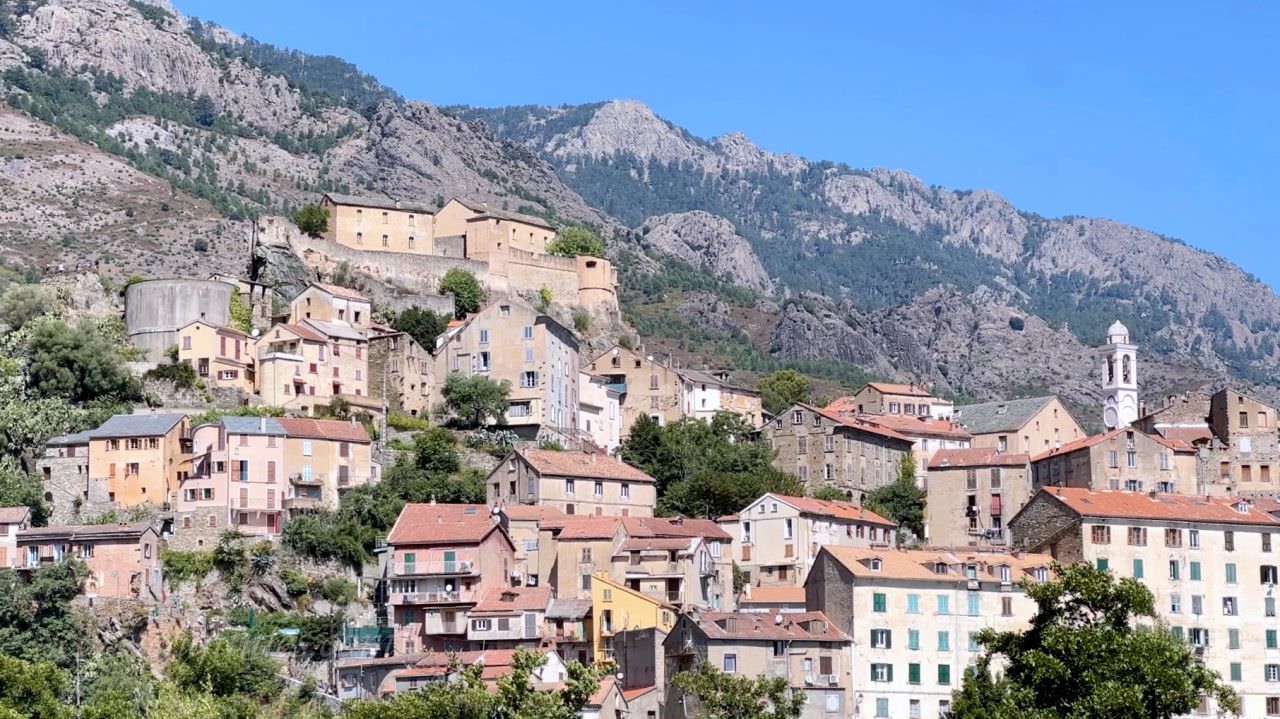
- Ajaccio’s Allure: Discovering the Jewel of Corsican Culture and Nature

- L’Île-Rousse: A Blend of Corsican Tradition and Seaside Splendor
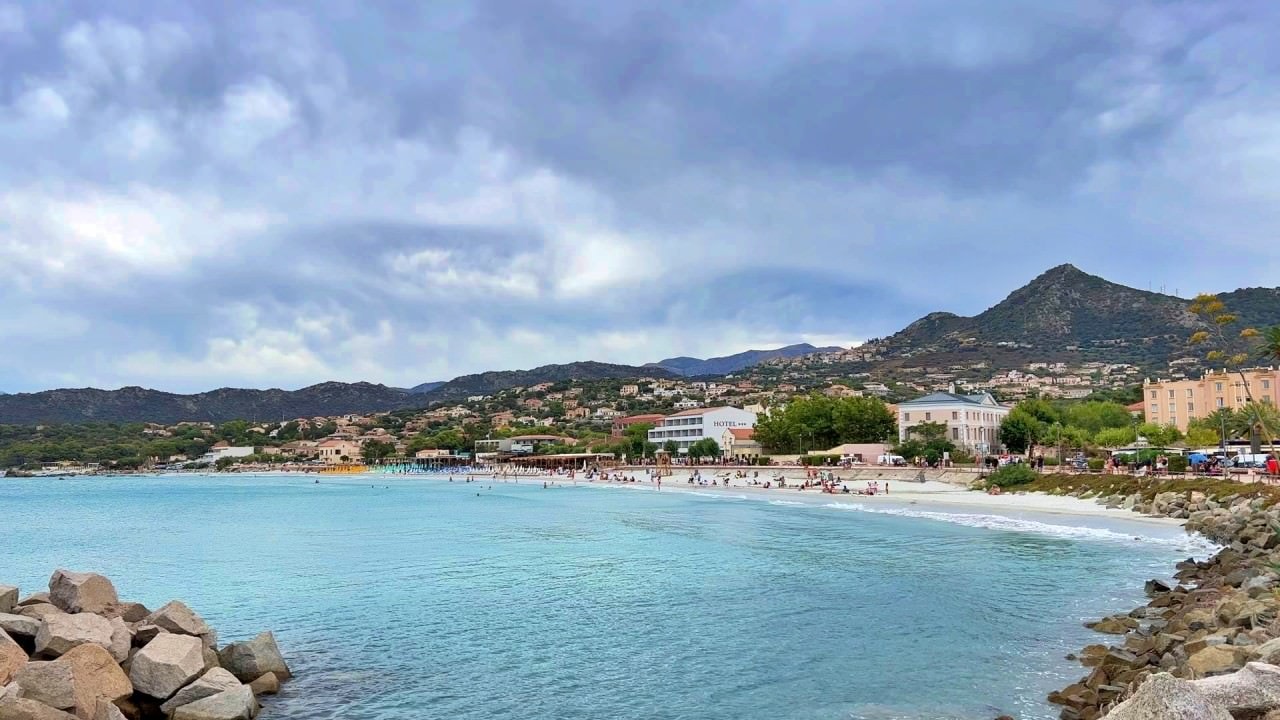
- Bastia: A Corsican Treasure Between History and Modernity

- Porto Vecchio: From Pristine Beaches to the Genoese Citadel
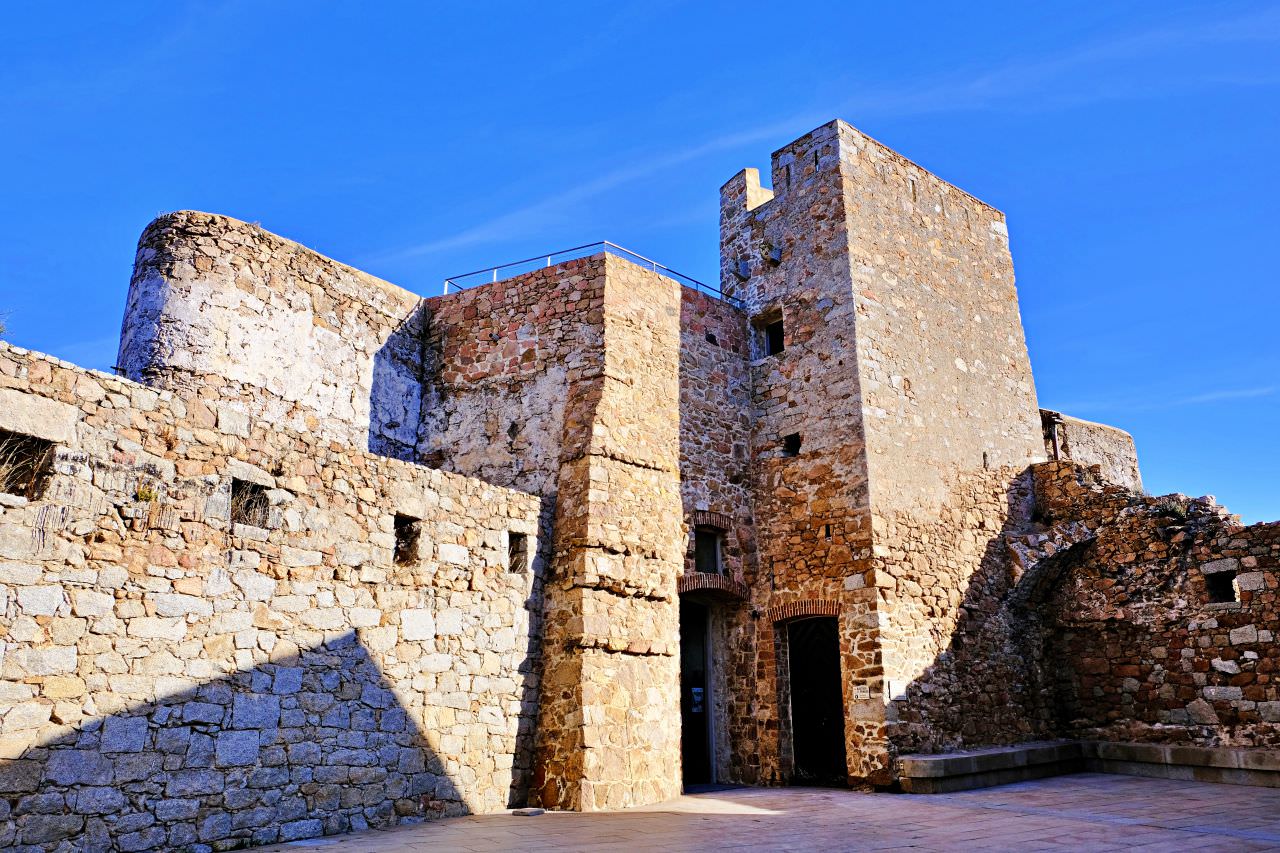
- Sartène: Delving into the Rich Tapestry of Corsica’s Most Iconic Town

- Corte: Corsica’s Heart of History and Natural Splendor


